Quantitative

An important distinction from our competition is the approach we adopt in doing business at MEMECS, which includes an array and combinations of tools, techniques, and methods to attain the best possible quality of services. We employ a good synergy of both quantitative and qualitative paradigms in our approaches. Some of the key quantitative tools that we employ are:
Community Based Survey
Method locating community as the primary source of data on issues and challenges e.g. access to social facilities like hospitals, clinics, schools, churches, and markets.
Household Based Survey
Household is the primary source of data on attitudes and behaviors on social products and services like bed-nets, multivitamins, contraceptives, and others.
Individual Based Survey
Focus is on individual as the primary unity of data collection on opinions, attitudes, and behavior on social products and services.
Impact Evaluation Survey
Method is designed to provide information on the changes resulting from program intervention. It usually involves baseline and follow-on studies.
Knowledge Evaluation Survey
Method collects data to evaluate knowledge in its additive and cumulative form in other to distinguish between correct and incorrect knowledge and how these affect attitudes and behavior change.
Panel Survey
Market study tools used to examine, over time, consumption pattern of household products and services.
Opinion Polls
Used to understand individual political preferences, private polling for political parties, tracking, potential voting patterns and dynamics in the polity.
Exit Polls
Method for estimate voting patterns of the electorate for candidates and their political parties on an election day.
Special Population Survey
Method designed to elicit information from harder to reach (due to stigma or frequent mobility) sub-groups like truckers, sex workers, same-sex couples, uniformed men, and the adolescents.
Mystery Clients Survey
Data collection method using respondents as clients in order to have first-hand experience on purchase of goods and services with a prime aim of evaluating quality and availability.
Project Efficiency Survey
Method examines how and when resources are used; the how addresses judicious use of resources while the when deals with timeliness of use with respect to expected outcomes.
Consumer-Based Survey
Method used to elicit information on patterns and use of social goods and services with an objective of increasing clientele.
Distribution & Logistics Survey
Method used to collect data on distribution of goods and services with respect to types of outlets, market concentration, and accessibility diagnostics with the aim of increasing access.
Needs Assessment Survey
Conducted to ascertain the viability of a project or the justification and potential demand for a product or service.
Contact Us
MEMECS aims to spread out the culture of M&E principles and applications through both private and public sectors.
